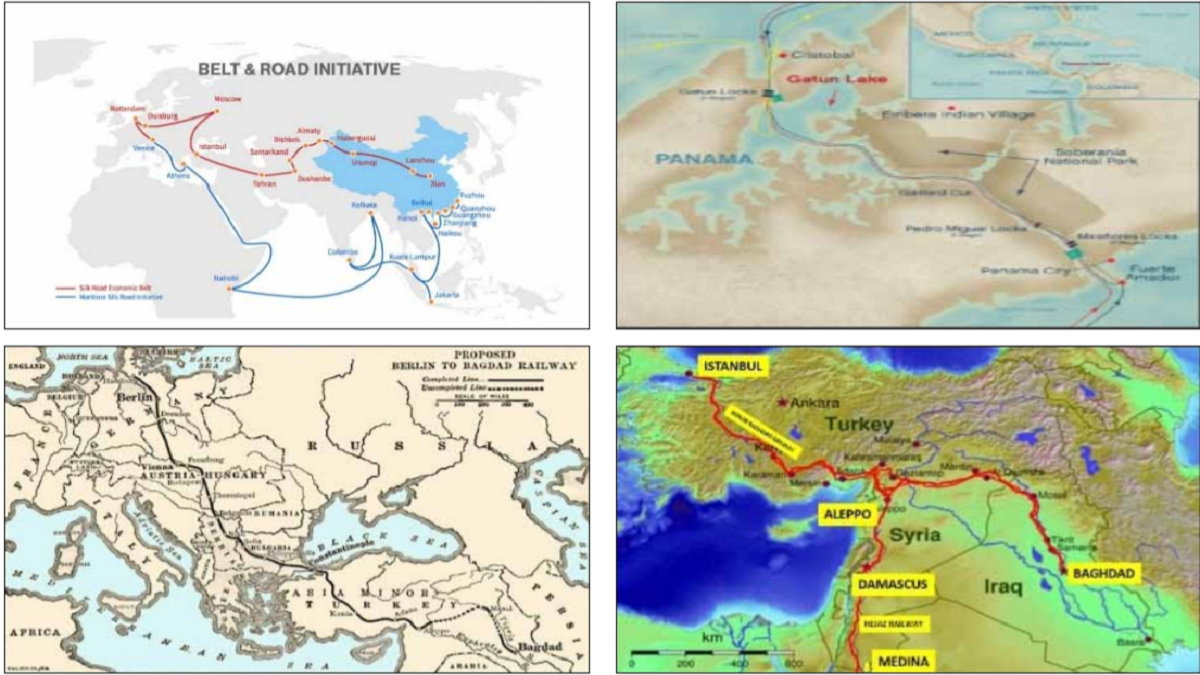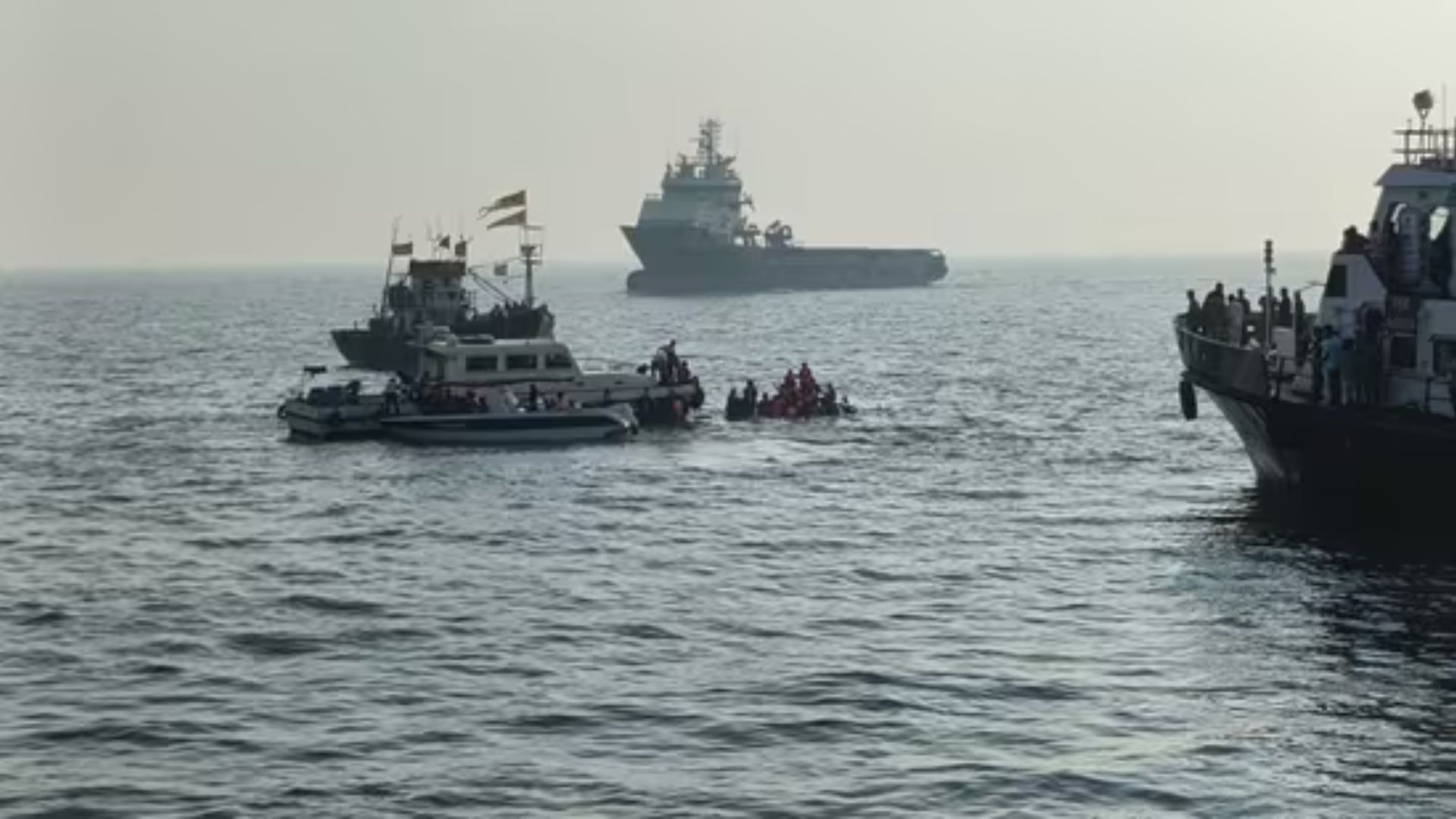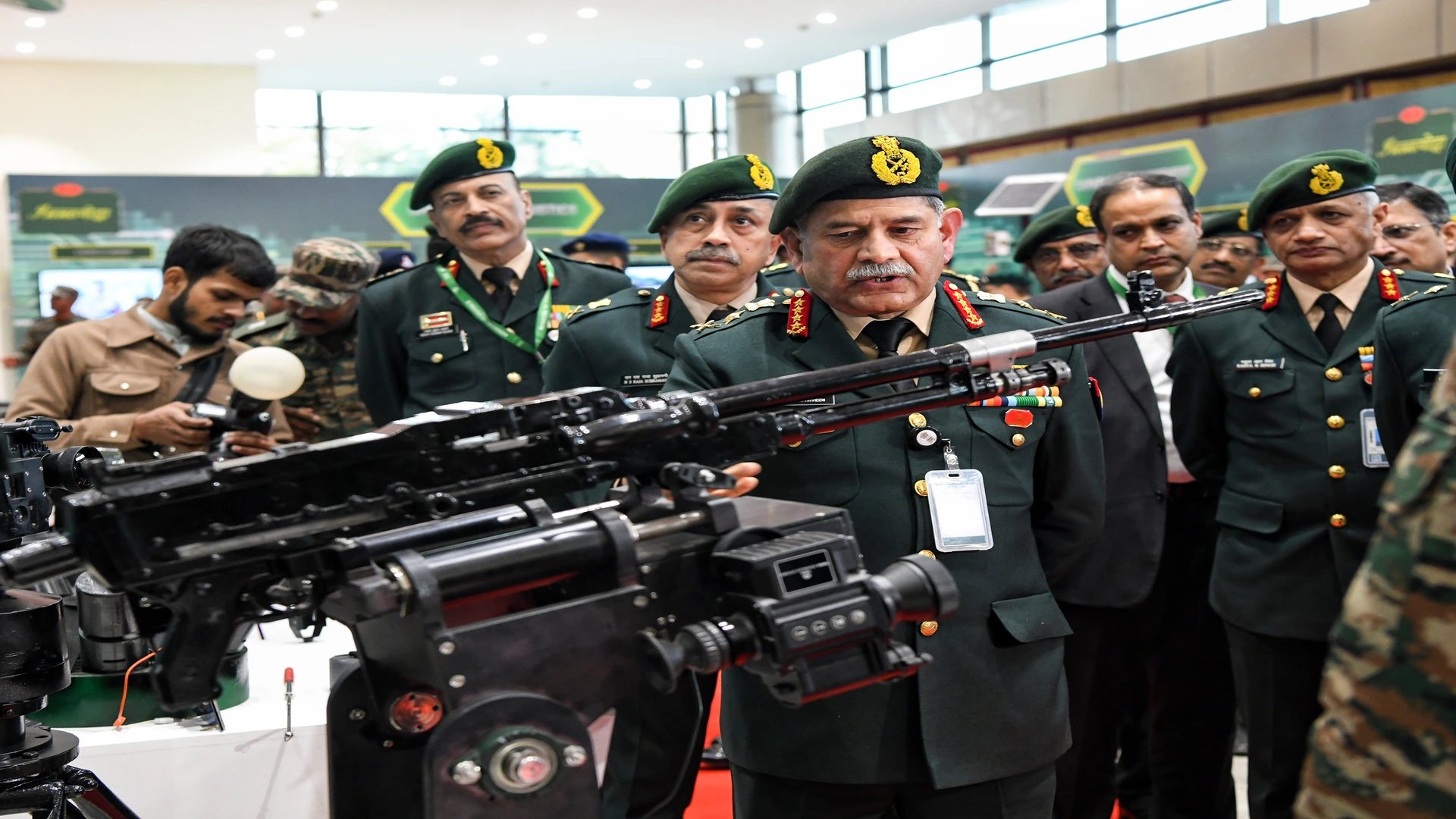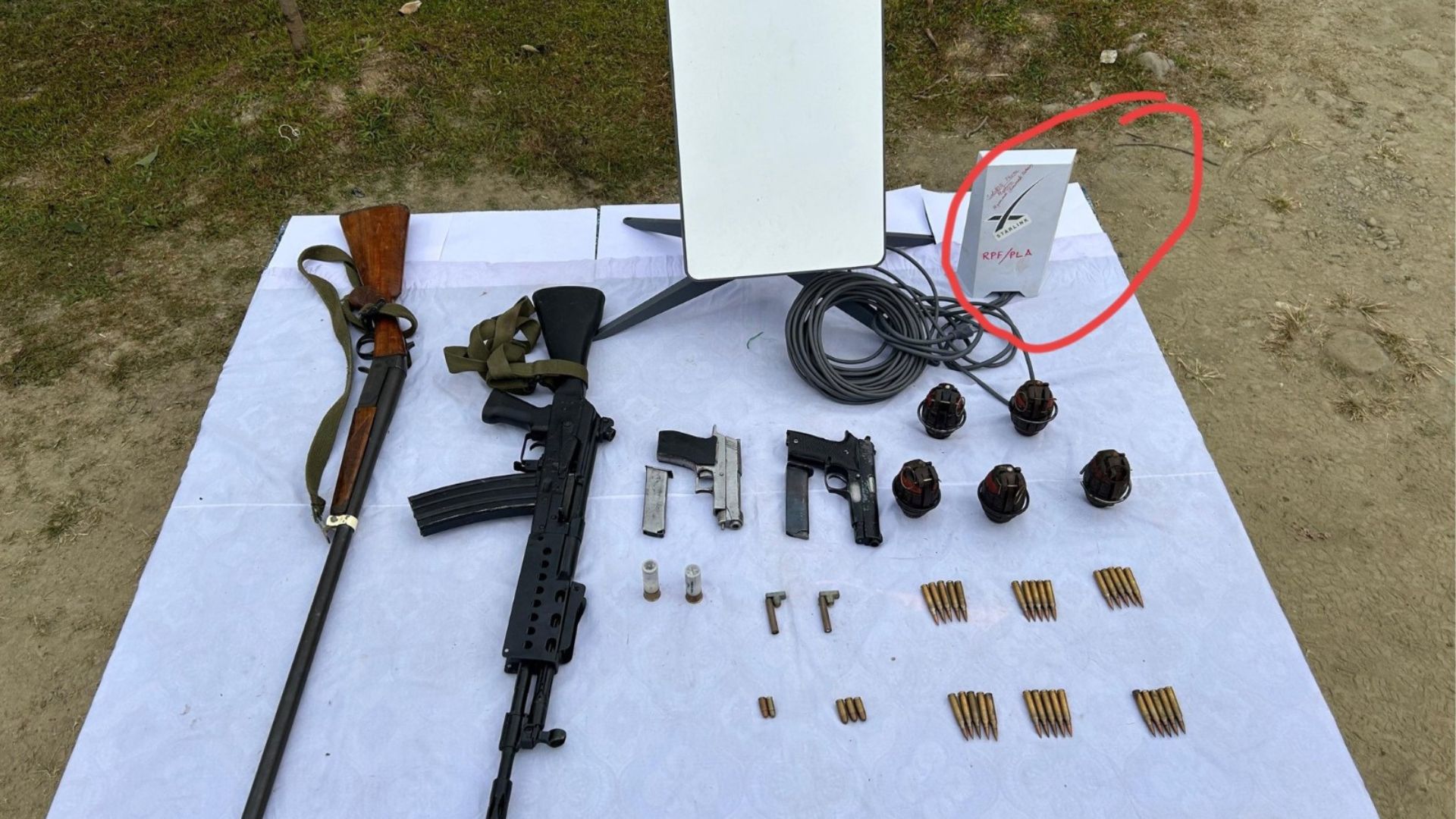
The BRI envisaged infrastructure and construction projects at a mega scale — Railways, Highways, Ports, Energy Projects, and Industrial Estate Developments across 70 odd countries. The crown jewel being the CPEC. The Chinese ambitions are to displace the US from the top. Engage countries in bilateral economic partnerships. Deploy excess Chinese capital and capacity overseas to boost the economy. Chinese merchandise was to flow in outbound streams. Inbound traffic ensures food, energy, and resource securities for China. BRI consolidates Xi Jinping’s role in perpetuity in creating a Sinocentric world.
The closely guarded bilateral BRI partnerships are either with autocracies or economically weak and politically fragile nations. Financing is through enticing loans convertible into debt traps. No elements of grant or aid. No free lunches. Execution by Chinese contractors. Locals excluded from even trickle-down employment. All BRI projects are opaque, overpriced and tainted with corruption. That is par for the course and known.
The BRI, dubbed as “The Project of the Century”, has been infected by the “Wuhan Virus” and is in standstill mode. It was the main instrument to make China a superpower. In this context it is interesting to see how some similar economic corridors of the past have fared. Each is an interesting story. When seen alongside the BRI they show you the future.

Fundamentally, the BRI is a mega copy of the British Empire which was founded on trading posts and colonies. The British mercantile system established it with a strong Navy in the 16th17th centuries. The Empire was built over a century. However Xi Jinping wanted BRI in a hurry. The other superpower model is the US with its global network of military bases, strategic alliances, and reconstruction efforts of the post WW-II era. China lacked the sea power of the British, or the military might of the US. Hence it used cheque book and debt trap diplomacy as hard power currency to establish the BRI. As BRI expanded, its overseas military power could simultaneously grow to eventually consolidate China as the sole superpower.

The Panama Canal (83 km), one of the seven wonders of the modern world, began operations in 1914. It was built by the US to connect its eastern and western coasts and avoid sailing around South America. To build and control the Canal, the US created Panama by carving it out from Colombia in 1903. The US has “as if it were sovereign” rights to the Canal “in perpetuity” though it is being run by Panama today. The traffic has grown from 1,000 ships in 1914 to approximately 14,000 annually. Its annual revenue of $2 billion is the biggest element in Panama’s GDP.
Despite constantly increasing revenues, Panama went through political and economic turbulence. By 1983 it was in economic ruin under Manuel Noriega’s dictatorship (set up by the US). Noriega ran a parallel economy of drugs, money laundering and human trafficking. He supported guerrilla uprisings in neighbouring countries. Political opponents were assassinated. Finally, he turned coat in the US too. Retaliatory US sanctions destroyed Panama’s economy. Ultimately the US invaded Panama in 1989 to safeguard its interests. The invasion pushed many people back into poverty. Later, Panama stabilised due to US intervention. In a loose sense, Panama can be termed as an “Independent” state of the US with limited sovereignty. In some sense it is a colony. Despite an economic boom and an upper-middle per capita GDP, more than 25% of Panama’s population live in poverty. Many debt-trapped BRI countries could end up as tomorrow’s Panamas including Pakistan.
A century after commencing operations, the Panama Canal has benefitted USA and the rest of the world immensely. Has it benefitted Panama as much? It continues to be a mosquito and insect infested tropical country with bouts of economic ruin, civil strife, and political instability. Its sovereignty is questionable. Without the US, it might collapse.


The 19th century Europe saw great opportunity in the resources of a weakening Ottoman Empire. The Ottoman agricultural system could whet European food requirements. Minerals (Chrome, antimony, lead and zinc mines and some coal) and abundant oil of the Middle East were on offer. Hence a transcontinental rail link through the Ottoman Empire was conceived with Britain, France and Germany competing. Ultimately, the Germans won out. Work began on the Berlin-Baghdad Railway in 1903.
It was built from 1903 to 1940. It was approx 4900 km long, traversing modern-day Turkey, Syria, and Iraq to Basra, in the Persian Gulf. Germans wanted to counter the British Empire by bypassing the Suez Canal to threaten its dominance in colonial trade. Turkish interest was twofold. Firstly, countering its Russian rivals. Secondly control of Arabian Peninsula and expansion across the Red Sea into Egypt, then under British control. Expansion into Egypt was through an offshoot called the Hejaz railway (Aleppo to Damascus to Medina). The Hejaz Railway was targeted through guerrilla warfare by Lawrence of Arabia. He never let it function fully.
The Berlin-Baghdad (and ultimately Basra) Railway would enable German goods to reach the warm waters of the Gulf. From there trade could be extended to German colonies farther. The return journey would bring oil. Axiomatically, economic interests would expand political influence. The Railway was to strengthen ties between the Ottoman Empire and Germany to shift the regional balance of power. Similarities to the CPEC are eerie though predated by a century.
Funding, engineering and construction were mainly German. The Railway became a source of international disputes. It was one of the leading causes of WW-I. When WW-I broke, the Railway was still 960 km short of its objective. By 1915, the Railway was still 480 km short. It had limited utility during WW-I. Baghdad was captured by the British. The Hejaz Railway in the South was sorted out by Lawrence of Arabia. Construction resumed in the 1930s. The last stretch to Baghdad was built in the late 1930s. The first train from Istanbul to Baghdad departed in 1940.
Did it serve the purpose for which it was envisaged? Clearly no. By the time the Railway was built, empires and nations ceased to exist the way they were. Colonial contours had changed. Technical difficulties, funding issues, cultural outlooks, geopolitical alignments, and divergent interests stretched construction time to breaking point. The project was so contentious, and ambitious that it was bound to fail on all fronts. It failed — never to meet any one’s aspirations. Fits the infected BRI well? Of course it does.
The Suez Canal, constructed between 1859 and 1869, connects the Mediterranean to the Red Sea. It opened on November 17, 1869. It has been operating for nearly a century and a half. In 2012, 17,225 vessels traversed the Canal. Initially the Canal was British owned. Nasser nationalized it. Suez Canal Authority of Egypt now owns it. Expansion and canal widening commenced in August 2014, to double its capacity from 49 to 97 ships a day. The “New Suez Canal”, was opened on 6 August 2015. In the fiscal year 2014-15, the revenues of the Canal were $5.7 billion.
A highly profitable Suez Canal should have given stability and progress to Egypt over the past century and a half. However, the opposite is true. President Nasser ran an inefficient Soviet style centralized economy. The Arab-Israel wars debilitated growth. The 90s saw a series of IMF arrangements once fences with Israel were mended. Egypt received external debt relief due to participation in the Gulf War coalition. Since 2000, structural reforms helped Egypt move towards a market-oriented economy and prompted increased foreign investment. The reforms and policies propelled growth, which averaged 8% annually between 2004 and 2009. However, the trickle-down effect was poor. Wealth distribution was inequitable. Economic conditions worsened. Unemployment burgeoned. After the 2011 revolution, Egypt’s foreign exchange reserves fell from $36 billion in December 2010 to only $16.3 billion in January 2012. Egypt’s long-term credit rating was lowered in 2013.
Egypt has seen peaceful growth only for about two decades. It has been involved in strife – externally or internally. After the Arab Spring, growth rates have plummeted to 2-3% with double digit inflation. The economy is in poor shape. The stark lesson is that if successful projects did not guarantee growth of nations or people, the largely unsuccessful BRI projects can destroy nations. Have doubts? Examine Hambantota.
When seen in the overall context, the BRI has shades of all previous corridors but with its own defining characteristics. Old models had investors and invested nations. In BRI there is one creditor nation and a host of debtor nations. The creditor has been indemnified and guaranteed profits irrespective of the outcome of the projects. The host nations in BRI will end up with non-performing assets and a non-repayable loan with partial loss of sovereignty. The host countries need to see which model they fit in.
Pre pandemic indications itself were clear. All completed BRI projects were economically, politically, and socially unviable. They were being dubbed as “Roads to Nowhere”. Ever since the Wuhan virus has infected the BRI, the projects are firmly on the back-burner. As the virus rages, economies have shrunk. Tax revenues plunged, and expenditure is up. Supply chains from China are disrupted. Migrant Chinese workers have been quarantined, repatriated, or banned. BRI infrastructure lies unfinished. Upstream manufacturing has declined in China. Some projects are into legal problems. This will only magnify. Many nations are seeking debt write offs/rescheduling. The status of the flagship CPEC is too well known. China is now shifting focus to concentrate on two nonphysical components of BRI namely “Health Silk Road (HSR)” and “Digital Silk Road (DSR)” which are only sops to save its image.
The longer the Virus lasts the greater the effect. Even if a vaccine is found, the poor host nations are not high priority to get them. So BRI projects will languish to deteriorate. Restarting them means refinancing. Poor nations cannot afford it as they recover from the Virus. In case of defaults, China will own an asset which has no value. In the meanwhile Governments can change and politics winds can turn. The unfinished Chinese projects dotting the global landscape will constantly remind people of the Wuhan Virus.
There is a larger issue. Chinese investment in BRI is estimated to be anything between $1.5 Tn and $5.5 Tn. That is between 15- 40% of its GDP and at risk. As per reports $200-520 Billion have already been sunk with no tangible return. See this against the historic backdrop of fate of corridors analyzed above. All one can foresee shuttling in the BRI are bats and pigs carrying viruses up and down. Does the infected BRI seem to be an instrument to propel China to superpower status? In my opinion if the bats do not kill it, the pigs will.
Lt Gen P.R. Shankar was India’s DG Artillery. He is highly decorated and qualified with vast operational experience. He contributed significantly to the modernisation and indigenisation of Artillery. He is now a Professor in the Aerospace Dept of IIT Madras and is involved in applied research for defence technology















